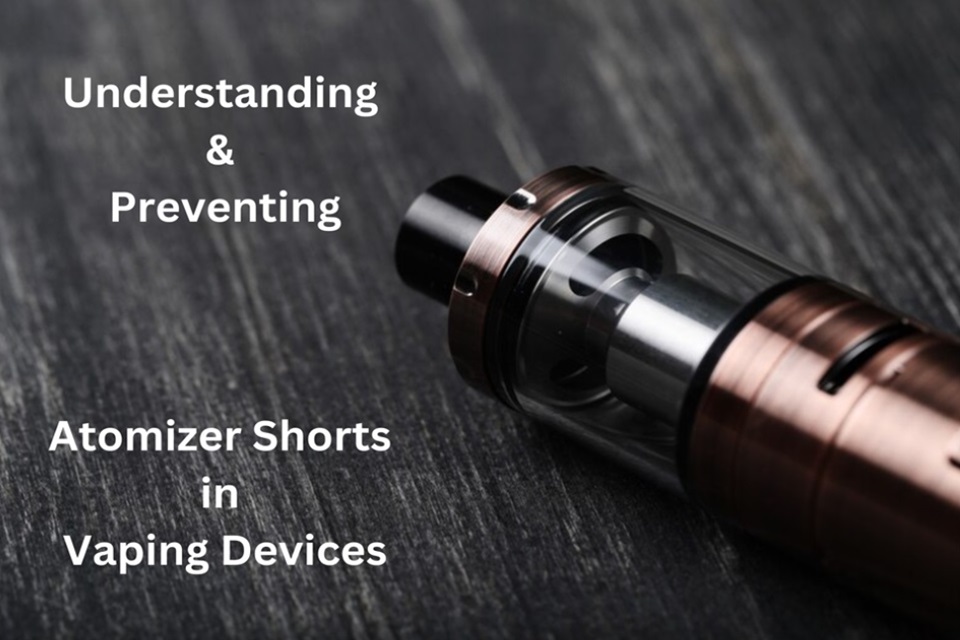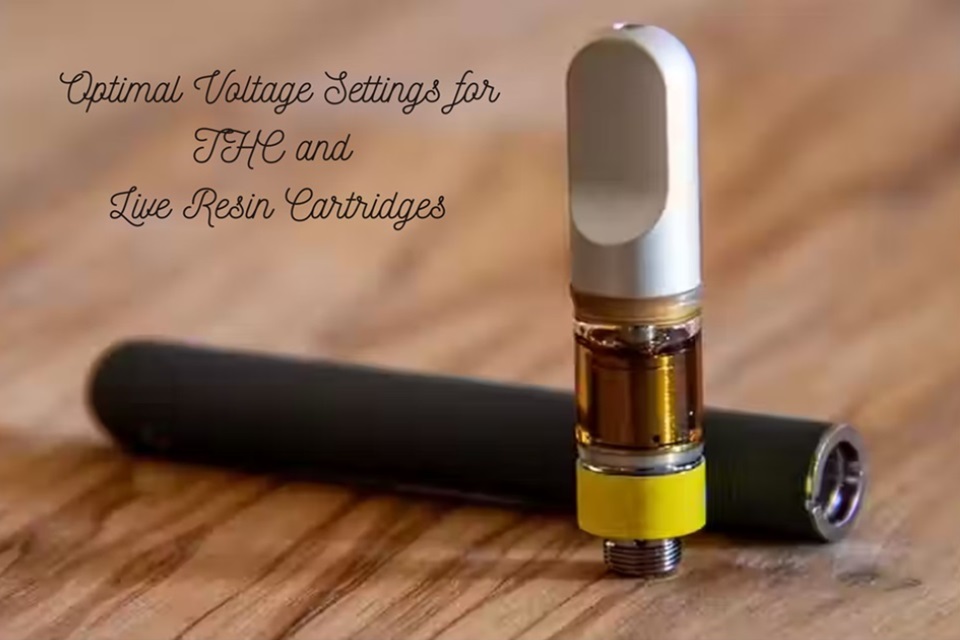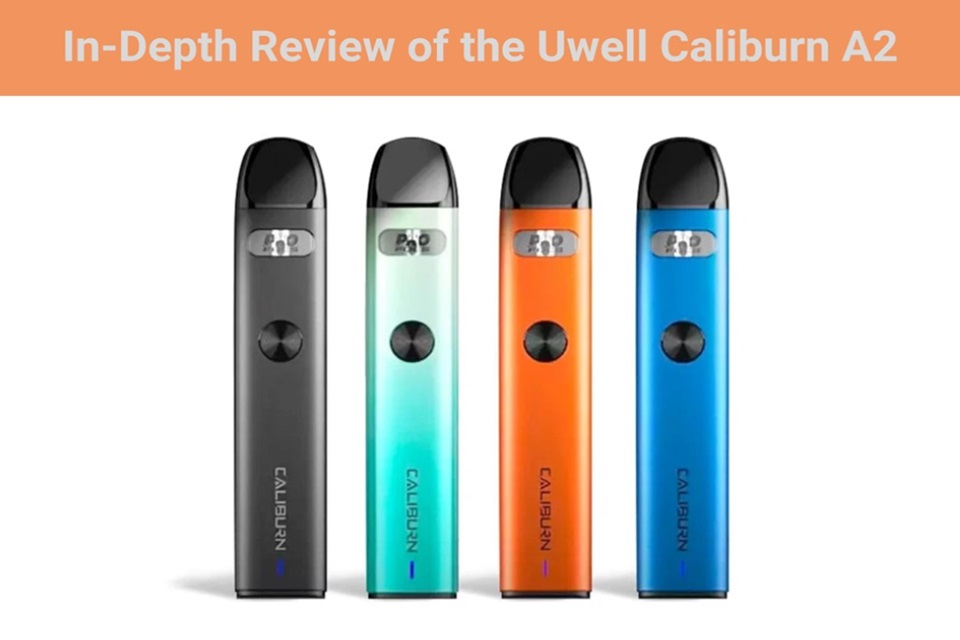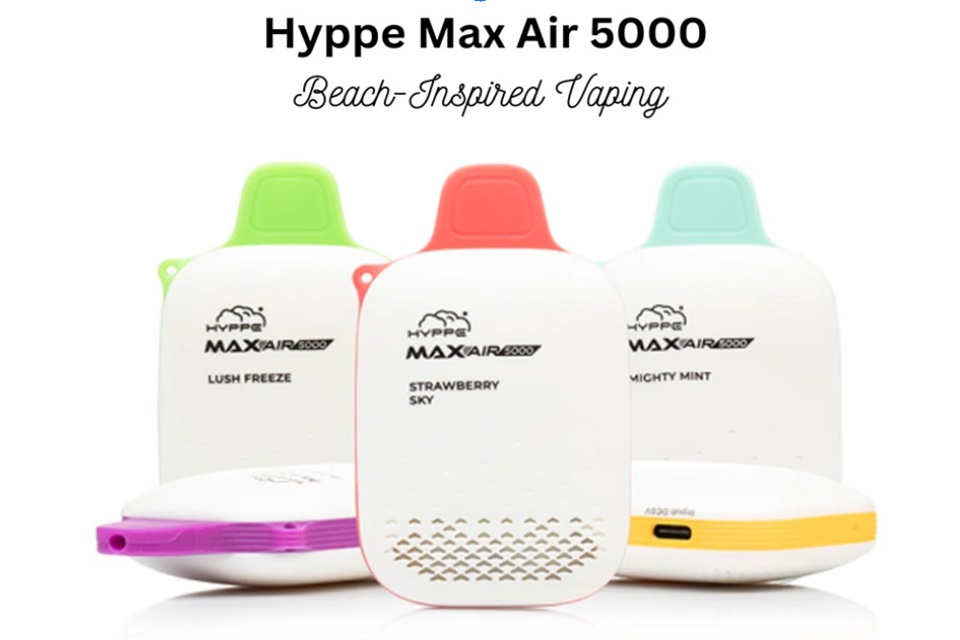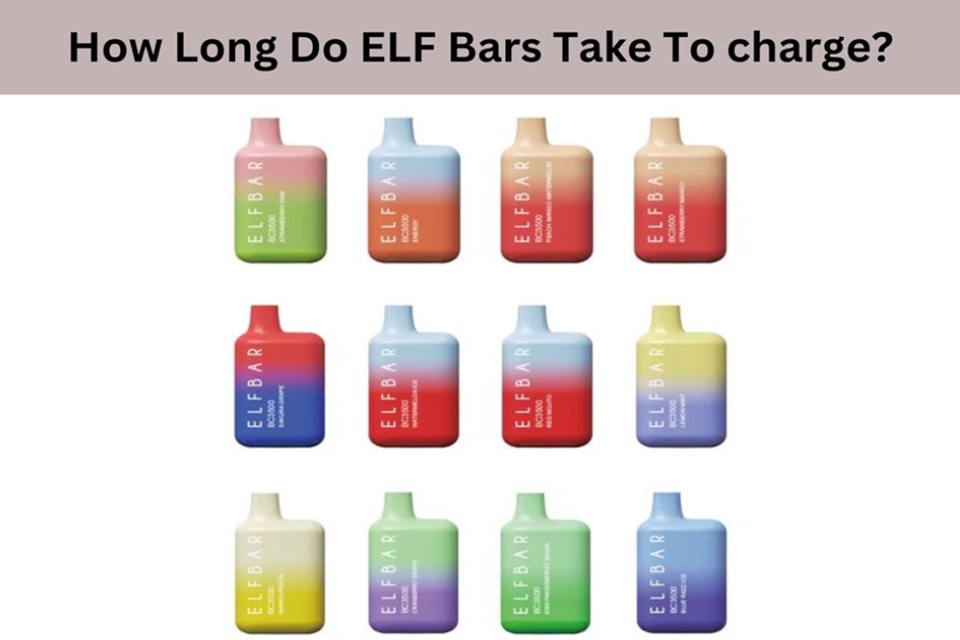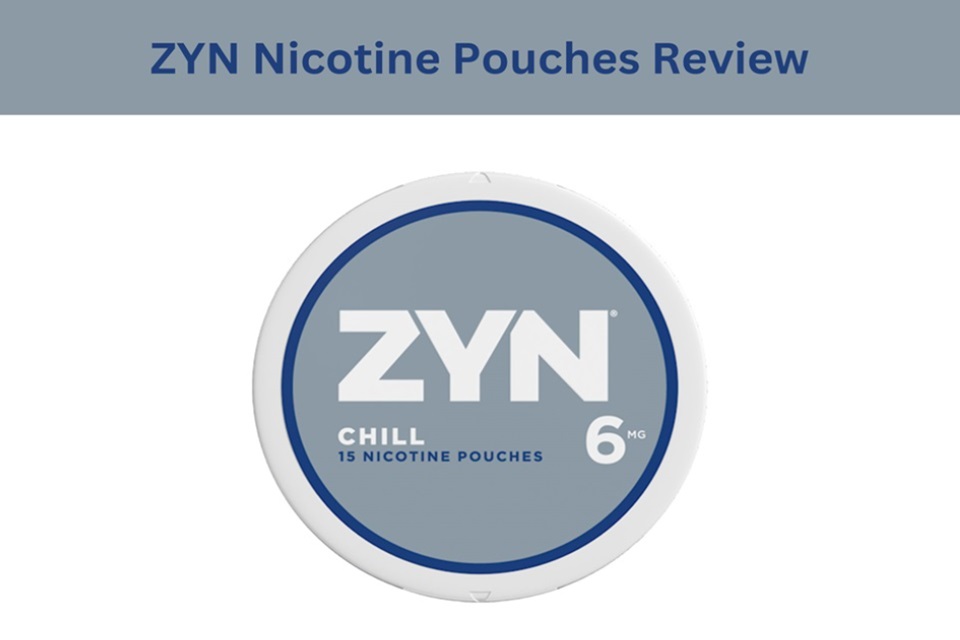Understanding Atomizer Shorts In Vaping: Causes, Fixes, & Prevention Tips
In the world of vaping, encountering technical issues with your device can be frustrating. One common problem that vapers often face is the “atomizer short” error. This error can disrupt your vaping experience, but understanding its causes and knowing how to fix and prevent it can help you get back to a smooth vaping session. This article delves into the atomizer short error, exploring its causes, solutions, and preventive measures.
Understanding Atomizer Short
An atomizer short occurs when there is an electrical short circuit within the atomizer of a vaping device. This can happen due to a variety of reasons and usually results in the device either not functioning properly or not working at all. Modern vaping devices are equipped with safety features that detect these shorts and prevent the device from firing to avoid potential damage or danger.
Device Types & Firmware Updates
Atomizer shorts can occur in various types of vaping devices, including rebuildable atomizers (RDAs), rebuildable tank atomizers (RTAs), and sub-ohm tanks. Each type has its own set of considerations. For example, RTAs and RDAs require precise coil building and placement, while sub-ohm tanks often need careful coil and wattage matching.
For devices with upgradable firmware, ensure that you keep the software up to date. Manufacturers sometimes release updates that improve the device’s ability to detect and handle shorts.
Common Causes Of Atomizer Short & Prevention Tips
Atomizer shorts can disrupt your vaping experience and are often caused by several common issues. Understanding these causes and taking preventive measures can help maintain your device’s functionality and safety.
- Improper Coil Installation: One of the primary reasons for atomizer shorts is the improper installation of the coil. Ensure that the coil is securely screwed in without touching any other metallic parts of the atomizer. This prevents unintended electrical connections that can cause shorts.
- Damaged or Worn Out Coil: Coils naturally degrade over time with use, leading to worn-out insulation or even physical damage. Replace coils periodically and inspect them regularly for signs of wear, such as discoloration or burnt spots, to prevent shorts.
- Liquid Seepage: Different types of E-liquid add the flavor to vaping. However, E-liquid can seep into areas where it shouldn’t, such as through faulty seals or overfilled tanks. Avoid overfilling your tank, and regularly check and maintain seals to prevent liquid from causing electrical shorts.
- Debris and Residue: Accumulated debris or residue from e-liquid can create electrical pathways that cause shorts. Clean your atomizer regularly, paying attention to the areas around the coil and airflow channels, to remove any buildup and prevent potential shorts.
- Defective Atomizer: In some cases, atomizers may have manufacturing defects that result in internal shorts. While these issues are less common, they can be difficult to diagnose and often require replacement or repair by the manufacturer.
How To Prevent Atomizer Shorts?
- Clean your atomizer frequently to remove debris and residue.
- Install coils correctly and replace them before they become worn out.
- Avoid overfilling your tank to prevent liquid seepage.
- Purchase atomizers from reputable manufacturers to minimize the risk of defects.
Advanced Troubleshooting Techniques
- Multimeter Use: Investing in a multimeter can be beneficial. This tool allows you to measure the resistance of your coils and check for shorts more accurately. A multimeter can confirm whether the short is within the coil or elsewhere in the device.
- Inspecting Insulators: The insulators in your atomizer are crucial for preventing shorts. Check these components regularly for wear and tear, and replace them if they show signs of damage.
Conclusion
Encountering an atomizer short in your vaping device can disrupt your experience, but understanding its causes and applying preventive measures can help maintain smooth operation. Issues like improper coil installation, damaged coils, liquid seepage, debris accumulation, or rare manufacturing defects can lead to shorts. Regular cleaning, correct coil handling, and avoiding overfilling are key preventive steps. Additionally, staying updated with firmware and using advanced tools like multimeters for troubleshooting can ensure optimal performance and safety. By implementing these practices, you can reduce the chances of atomizer shorts and enjoy uninterrupted vaping sessions.
FAQs
What should I do if my vaping device shows an atomizer short error?
Check coil installation, clean the atomizer, and inspect for damage. If the issue persists, consider replacing the coil or seeking professional help.
How can I prevent atomizer shorts?
Install coils properly, clean the atomizer regularly, avoid overfilling the tank, and choose atomizers from reputable manufacturers.
Why does the type of vaping device affect atomizer shorts?
Different devices have specific requirements (like coil building for RDAs or wattage matching for sub-ohm tanks) that influence the risk of atomizer shorts. Understanding these helps prevent issues during vaping.
Continue reading
